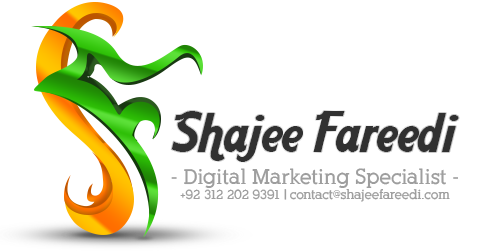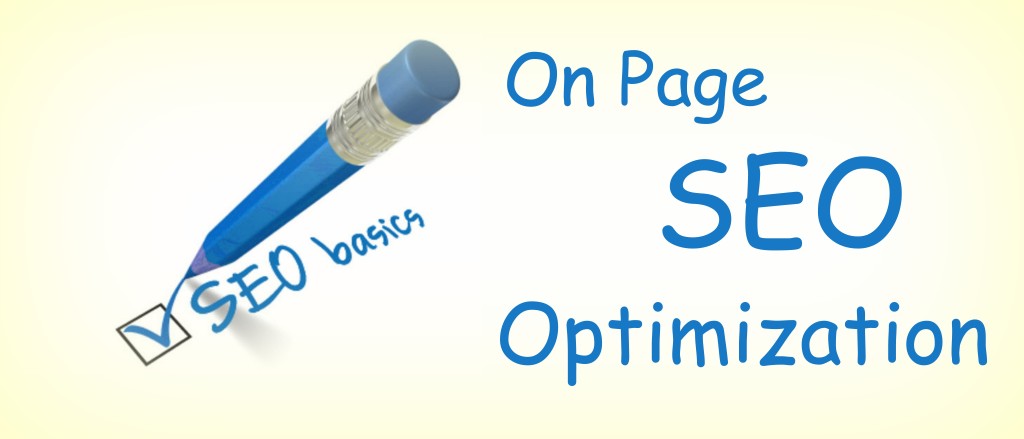Today I will show you what to look for in your new website if you want to be sure that it is well indexed by search engines. This is known as search engine optimization (SEO).
The basics of on-page SEO will be communicated here. The off page activities are discussed in a later article.
Why do I optimize for search engines?
Be the website operators are often depending on whether visitors will find you in search engines. Tendrils on the rear seats, you will not be found. Normally, surfers can see only the first 10 search results. The results on the sides 2+ are very rarely observed. Therefore, it must be stated aim, the first 10 places to conquer .
In order for Google and its system can accommodate your company’s website from A to Z in its index, this should be so designed that the Robot Google finds all content too. He must be able to “view” to see at a, what are those topics or products themselves. To implement the technique to this, it is called onpage SEO . Onpage SEO covers all measures of search engine optimization, which take place on the page itself. Below Shajee Fareedi have the most important on-page SEO tips listed for you. And if you need assistance, Shajee Fareedi – SEO Specialist & Consultant offers SEO Services and SEO Consultancy.
The most important on-page SEO measures
The correct title tag / The correct title
The title tag tells what it rotates on this single page. A contact form, for example, should include the word “contact” and, ideally, the receiver in the title. Thus, for example, a title of would “Contact | SEO Specialist & SEO Consultant” . After | Normally, the name of the company (Example: Shajee Fareedi) or the category in which you are located. Before | is the content that succinctly summarize in a few words.
Or write but for example an article about the Best SEO in Pakistan. Then the title should read “Best SEO in Pakistan” . Refer always after what would search for the surfer.
Note: A title tag should not be longer than 150 characters. But ideally, you limit this to 65-70 characters because Google tracks cut from 70 characters. A character counter you will find the way here .
The appropriate heading
Headings (HTML <h1> to <h6>) give a page or an article only the correct structure. The main title h1 should be the most important keywords include (article- page or designating word) and outline the issue coarse. If you go into any detail you use for subdivisions then the other headlines h2 to h6. These subheadings try always precise and specific to use the keyword. So to speak, from the general to the particular .
An example: You write an article about car models and their manufacturers. A structure might look like this:
h1 = Overview of all car models
h2 = The fastest sports car
sports cars from Porsche h3 =
h3 = Maserati sports car
…
h2 = The biggest combos
= h3 Mercedes station wagon
h3 = station wagons from Audi
…
In general, we recommend the use of a maximum of h1 to h4. Where h1 is used only 1x. h2 optimally 2x. The others are not fixed. Google rated incidentally headings stronger than normal text. The ranking can be, though it would more influence.
The correct length of text on a web page
As a rule of thumb, I give out that you should have at least 160 characters of text in an article or page. More text is obviously better. If you have very little text, Google is on your side almost only links and images and then do not quite know what because actually the gist of the page should be. Compare with the competition … this has on a web page on the same topic more content, you should consider not like a lot to offer and good content.
A maximum length does not exist actually. Here one should act with common sense and not all the content that you have, put it on a single page. You can and should use subpages.And where it appears sensible.
Speaking URLs
A URL is the address that you type in the browser to display a web page. For example: www.shajeefareedi.com . This (or these) URL should be meaningful. Like the title, URL, Google says what it is on this website . A URL https://www.shajeefareedi.com/seo-specialist.html is of course less meaningful than one URL www.shajeefareedi.com/seo-specialist/ .
Modern CMS usually offer this URL rewriting automatically or via plugins. For static web pages, you need to accomplish this might itself.
Specify the pictures properly define and ALT day
Have a picture on your page and you want this example is listed in the Google image search results, you must name the image speaking. An image – SEO-Expert-Shajee-Fareedi.jpg says more thanbild345.jpg .
To make it perfect, you should the image in its <img> tag also provide kernel alternative text that is as sweet. In the case of the pachyderm ie alt = “SEO Expert Shajee Fareedi” . Thus, by the way, not only Google Robots side and better understand the images, but also handicapped persons, such as the blind. This visit websites with special tools that read the page. Then there are no texts exist, “pushes” the person or the Robot of elements that are not described. Accessibility is always recommended! Also on the Internet.
Link title awarded for better readability
The situation is similar with links. Give each link with a title. When crossing the link with the mouse, you are shown where the link leads. Also in this case, it is recommended both for accessibility, as well as Google. The Google Robot can better assess where a link leads and classify target page better thematically .
Meta Descriptions for the result snippets
Meta Description is the small blocks of text that appear on Google in the search results.These texts are particularly important because they directly affect the user if he clicks on your search result or not. Thus, you should always consider what you wanted to read it myself in search results , so you would animert to click on a result. A short description text with 140-160 characters should be optimal. The code for the meta description can be found in your HTML skeleton in the range <head> </ head> under <meta name = “description” content = “This is my meta description” /> .
The right keywords make it from
If you want to create or sell a product, article, you have your articles with keywords provided that describe the subject or the product clearly. Again, you have to think again,after what terms the user looking for would. This keyword should then at least a couple of times available on the page to be. The best top once, once in the middle and one below.
Try not obsessive texts with keywords stuffing. Google knows these methods for a long time and may even not. Moreover texts are also so easy to read for humans to be. A text in which in each set the same keyword occurs is not really easy to read.
By the way, you do not necessarily put single words. You can also optimize a search phrase with multiple words. This could create a page, for example, the SEO from Pakistan, then the search phrase “master painter from Nuremberg” occurs 2-3 times. How a proper keyword research makes, I lead here not elaborate.
Surge item with your name
Since latest Google offers the possibility, articles or web pages with your own Google+ account to brand . Conveniently, your profile picture from Google+ is then shown next to the item in the search results. Currently this author branding leads to better click-through rates, because you stand out a bit from the normal search results. How to jazz up your page with the author markup, see, for example, on this page .
The correct speed of the website
For some time, it is very important to Google, how fast loads a page. Google wants to optimize its search results as meaning that the users are very satisfied with this possible.Click on a search result and the page to load first 10 Seconds, is not a very nice user experience. Therefore preferred Google sites load quickly .
So make sure that you have a fast web server and that your site also still loads quickly.Leave out unnecessary plugins in CMS’s and unnecessarily loading script files. Some tips to make a website more quickly, you can find here .
Sitemaps help Google in indexing robots
Google allows you to register a site map, in which all your pages are listed that Google from indexing. Something like this should ideally operate automatically in a CMS via Plugin. For static pages, there are services on the Internet that will create your sitemap charge up to a certain size.
The advantage of sitemaps is that even sites with many pages can be sure that Google receives from all sides. Sometimes indexing is faster than would the Google Robot first complete page sift through in order to find new content.
Another tip: If you want images to be displayed in image search results, you can support this by also submit a sitemap images. This way you do in Google Webmaster Tools.
Conclusion: There are many screws which can be turned so that its own page of Google can be indexed better. If you want the Internet presence for your company can be completely and well found, you should consider at least the above points.
Google allows you to register a site map, in which all your pages are listed that Google from indexing. Something like this should ideally operate automatically in a CMS via Plugin. For static pages, there are services on the Internet that will create your sitemap charge up to a certain size.
The advantage of sitemaps is that even sites with many pages can be sure that Google receives from all sides. Sometimes indexing is faster than would the Google Robot first complete page sift through in order to find new content.
Another tip: If you want images to be displayed in image search results, you can support this by also submit a sitemap images. This way you do in Google Webmaster Tools.
Conclusion: There are many screws which can be turned so that its own page of Google can be indexed better. If you want the Internet presence for your company can be completely and well found, you should consider at least the above points.
OR
Want to hire SEO Specialist? Feel Free to Contact Shajee Fareedi – The Best SEO Based in Pakistan :


